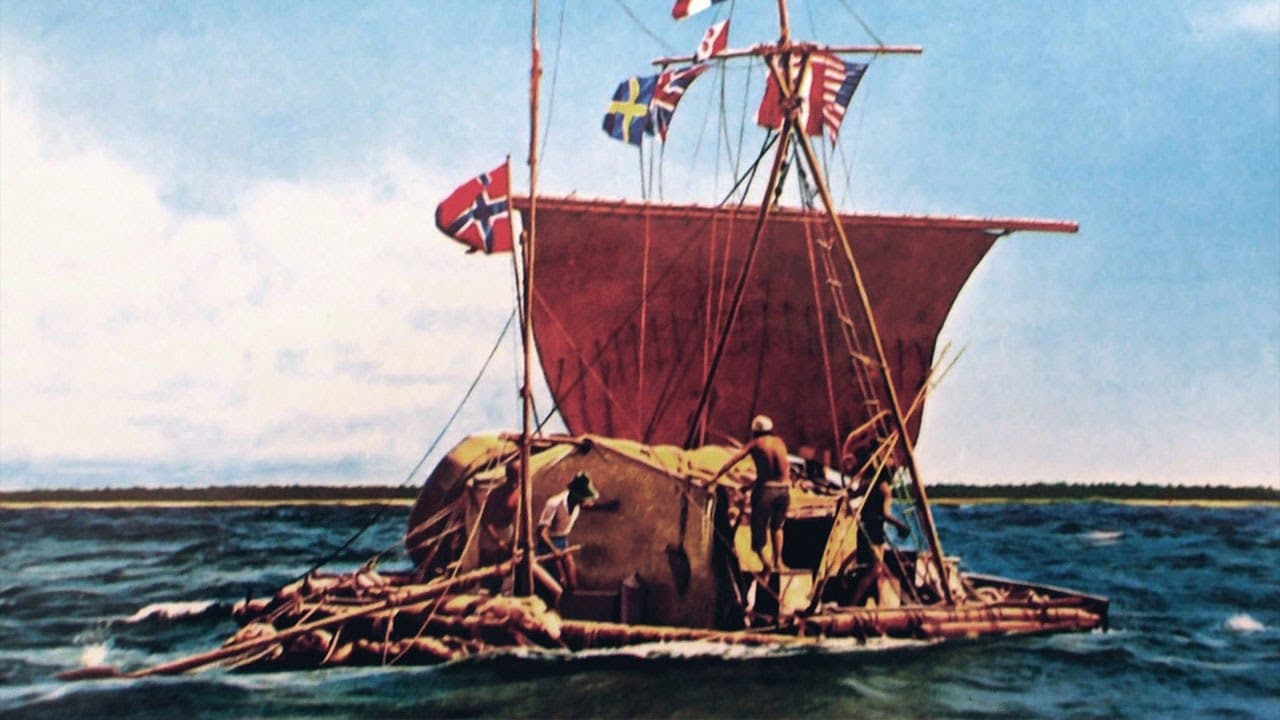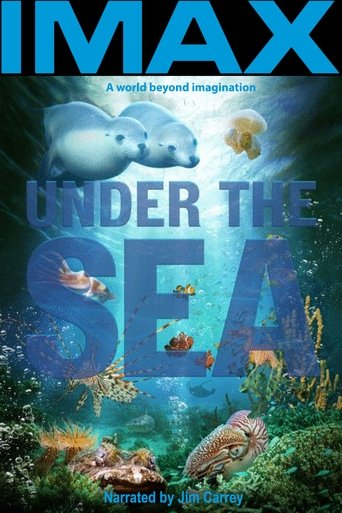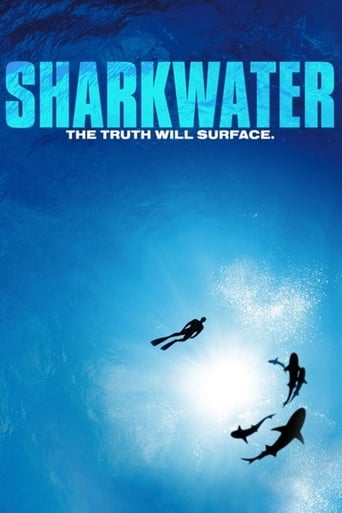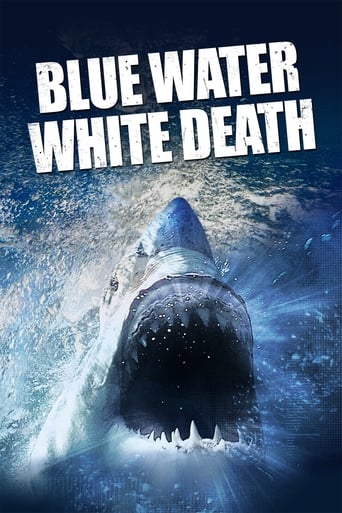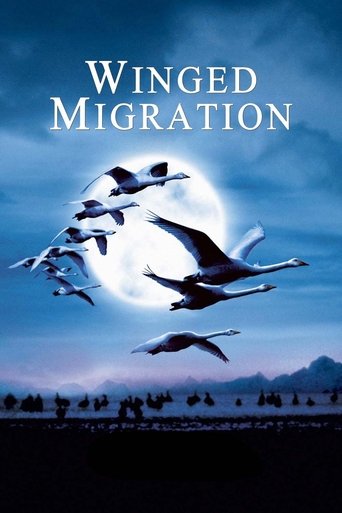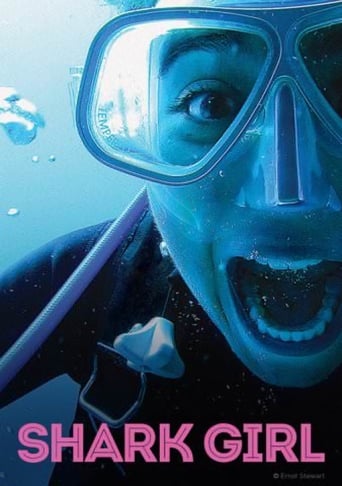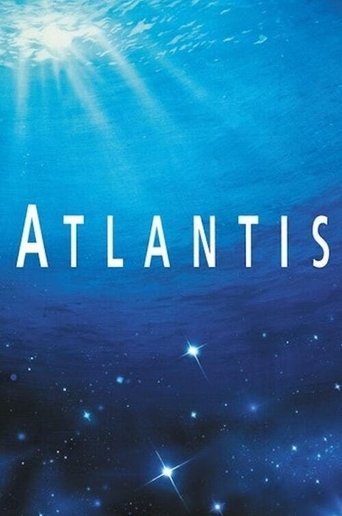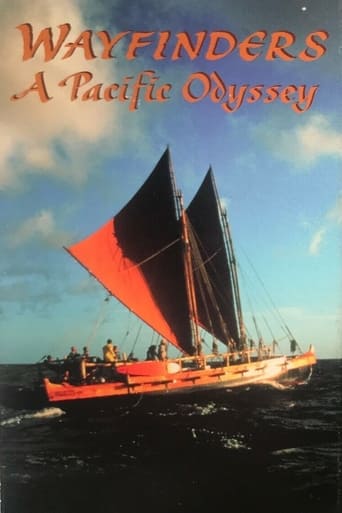
06 May 1999

Wayfinders: A Pacific Odyssey
This award-winning PBS documentary sweeps viewers into a seafaring adventure with a community of Polynesians, as they build traditional sailing canoes, learn how to follow the stars across the open ocean, and embark upon a 2,000-mile voyage in the wake of their ancestors.
